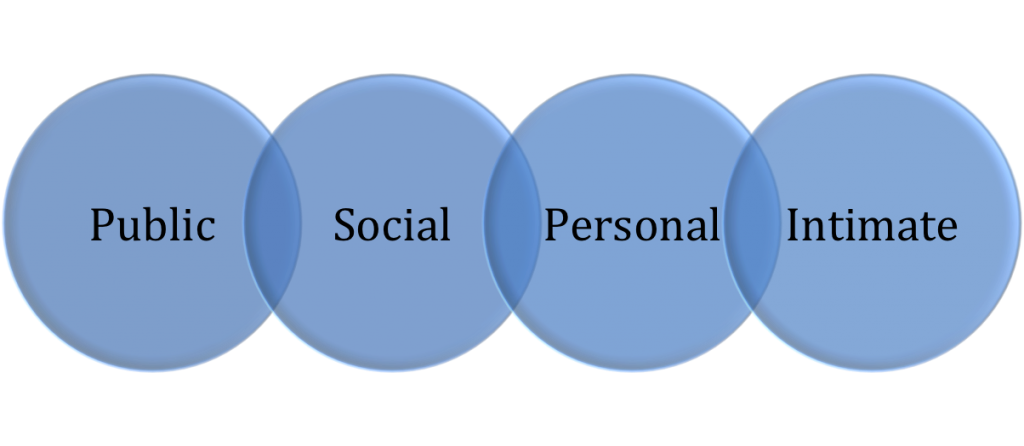In the 1960s, Edward T. Hall developed a theory based on the relationship between space, culture, community, and belonging. His research is becoming increasingly important for us as we discern how to better engage in community.
After all, the biblical mandate for us is to be in community, but what does that actually look like? The wineskins can change, can’t they?
- Public Space (50+ people present) – Our weekend gathering or a sporting event is what the public space looks like. You belong, you are part of a community, you somewhat get to know those around you, but there is not much of an opportunity to really get to know others.
- Social Space (20-50 people present) – This is a party-like environment where we are safe to decide who we would like to grow a deeper relationship with. It’s big enough that a newcomer won’t feel like they’re the centre of attention, yet it’s small enough that no one will fall through the cracks. It’s big enough that everyone will find someone to connect with, but it’s small enough that meaningful conversation can take place, without it being uncomfortable. You belong, you are part of a community, and it’s a safe place to take that next step.
- Personal Space (8-12 people present) – This is the typical small group environment, where you intentionally are connecting with others to go deeper, share life together, pray with one another, and allow yourself to be known. Private information is shared, but this isn’t the place where you are completely vulnerable and baring your whole soul.
- Intimate Space ( 1-3 people present) – This is an environment that you let only a few people into. It could be a spouse, a best friend, or an accountability group. This is an environment where nothing is held back and there is a lot of intentionality in sharpening one another, being accountable to one another, and being intentional in community.
In churches, we have been very intentional with the public and personal space, and sometimes with the intimate space, but not really with the social space.
[Read more…] about A New Form of Community?
